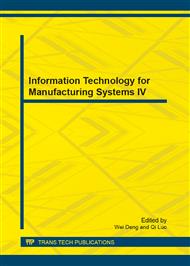p.798
p.803
p.808
p.814
p.819
p.826
p.830
p.834
p.838
Effect of Physical Properties of Porous Combustor on Radiant Output and Fuel-Preheated Efficiency of a Non-Sprayed Porous Burner
Abstract:
The effect of physical properties of porous combustor on performance of a non-sprayed porous burner (NSPB) in term of radiant output and fuel-preheated efficiency is studied through numerical modeling. The homogeneous combustion of vaporised kerosene and combustion air within a porous combustor (PC) is instead of the heterogeneous combustion occurs in free space of a conventional sprayed burner. The excellent fuel evaporation without atomisation is accomplished by using porous evaporator (PE). Single global reaction combustion, sub-cooled boiling, local non-thermal equilibrium between fluid and solid phases with phase change under complex radiative heat transfer and sub-cooled boiling are considered. The parametric study of porosity and optical thickness are investigated. The study shows that the radiant output efficiency is decreased with higher porosity while the fuel-preheated efficiency quite constant. The optical thickness has no significant effect on radiant output efficiency whereas the fuel-preheated efficiency is reduced with higher optical thickness. In addition, the evaporation front zone moves deep to downstream of PE when optical thickness increases.
Info:
Periodical:
Pages:
819-825
Citation:
Online since:
September 2013
Authors:
Keywords:
Price:
Сopyright:
© 2013 Trans Tech Publications Ltd. All Rights Reserved
Share:
Citation:


